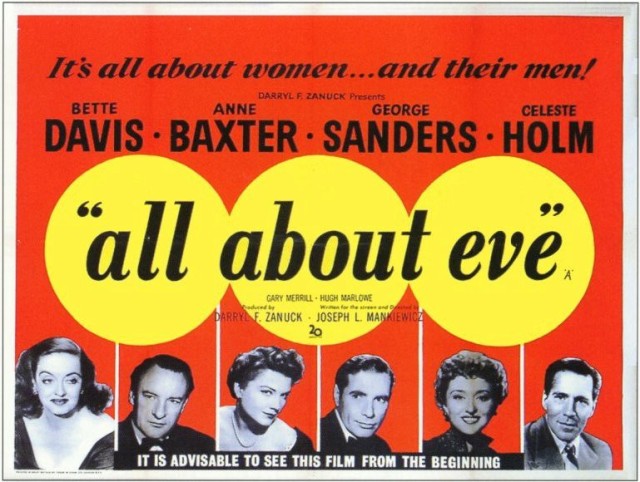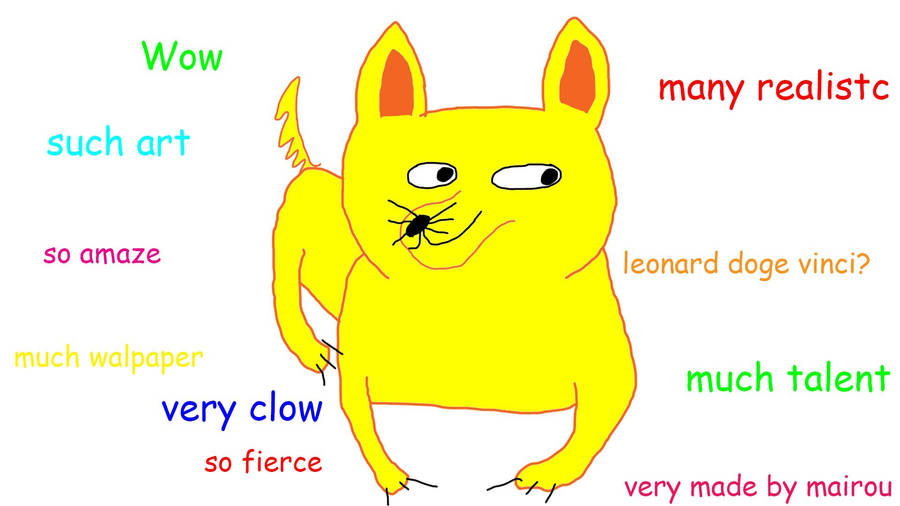Ah, the old “understanding of the social, historical and cultural context” criterion. Everyone’s favourite. I think I’ve received more questions about this point and how to include it in essays than questions about anything else in my teaching career.
And that’s because it is tricky. It’s a fine line to walk between showing you know the social, historical and cultural context of a text and accidentally changing your wonderful English essay into a historical or sociological exposition. Despite being a history teacher, I also never really enjoyed teaching this bit because I often found that I wasn’t able to go into enough depth and students would rarely do their own extra research to come to a thorough understanding of the time of place that the text was both set and produced in.
Thankfully, VCAA seems to agree and have since REMOVED this pesky requirement from the VCE English and EAL curriculum.
*cue celebration*
HOWEVER…!
Even though it’s no longer explicit part of the criteria it’s still 100% necessary to think about the time and place the text is set and produced in because of a new part of the KEY KNOWLEDGE and SKILLS for the Reading and Creating AOS and the Reading and Comparing AOS.
In these two AOS’s you are required to show an understanding of the audience, purpose and context of different texts and how these three things influence an author.
To address these aspects of the criteria and show an understanding of how they are affected by each other, and how they affect other components of the text, you still need to know those historical, social and cultural components of the text itself and when it was released.
Why?
For the following reasons:
- To address how the audience comprehends and understands the purpose of a text, you must first know the context of that audience.
- If a film was written/released during the Cold War, it will have very different influences to a remake of the same film filmed today. This results in different themes coming through to the audience and also, the different author/director will have a different purpose, in part, because their audience is different.
It may have similar ideas or themes, it may have similar character, quotes, shots etc but it WILL be responding to a different audience and have a different purpose. Consider the horrific remake Guess Who with Ashton Kutcher in comparison with the original Guess Who’s Coming to Dinner. Same basic story, vastly different purposes, vastly different audiences, vastly different worlds.
BUT, the fact remains that you need to know how to include this stuff in your essays and the KEY word in this whole messy equation is
PURPOSE.
As I’ve said many times before, you need to be aware of the authorial intent and this needs to shape your piece of work. Authorial intent should be an element of your contention and THIS is where your understanding of the audience, purpose and context can come into play.
So, if we’re wanting to be able to develop contentions with true authorial intent in mind, we need to know the context they’re writing in and for and why they’ve chosen the context they’ve set their work in to achieve their purpose.
It’s also important to know this so we can develop alternate perspectives. To a 1950s housewife, All About Eve is probably extremely feminist and counter cultural. To our eyes now, while it has feminist points and some extremely strong female leads, the final outcome for Margo suggests that the intent of Mankiewicz is not as “girl power” as we may originally think.
BUT AMY, HOW DO I ACTUALLY INCLUDE THIS STUFF IN MY ESSAYS?
Well, lovely student, you will pleased to know that if you go with the idea of the context informing the authorial intent which you are already including in your content, you’re already doing it.
Every time you infer that Perkins is presenting Mabo as a flawed by powerful leader who needs the support of those around him, in order not to glorify the man but instead, the movement you are acknowledging that in her context of 2012, Rachel Perkins is encouraging her audience to step up and be a part of said movement. You’re recognising that this film could be as much about her own father as it is about Eddie Mabo. You’re acknowledging that while Mabo is an Indigenous hero, this film is for a mainly white, middle class, reasonably well educated audience who has the power to change.
And you could include this contextual information explicitly in your introduction as the starting point (instead of starting with something that makes me want to die like “In Rachel Perkins’ 2012 biopic Mabo…”) or as a way to enter into that deeper interpretation. You should also be able to incorporate into your conclusion as you finalise your answer and broaden it out to wider significance.
Throughout your body paragraphs consider using language which leads to contextual inclusion. “Despite audience expectations of women…” “Although the film is set in the 18th century, the authorial context of Cold War paranoia…” “The original audience of the film…” “The contrast between the ancient setting and the modern audience…” “The text, while unfamiliar to a modern audience, explores universal themes- a fact made more obvious through the directors use of modern music and shooting techniques.” This technique will also help you tick the metalanguage box. Two in one! Yessss.
Remember that your essay is ultimately an answer to a question and to truly answer that question, you need to know what has shaped your evidence and answer. If you don’t, it would be like using a scientific study to prove your point about hair removal creams being ineffective without knowing that this scientific study was performed using gorillas as test subjects.
Remember, those who forget their history are doomed to repeat VCE!
Or something like that.
Happy writing!
Amy xx








